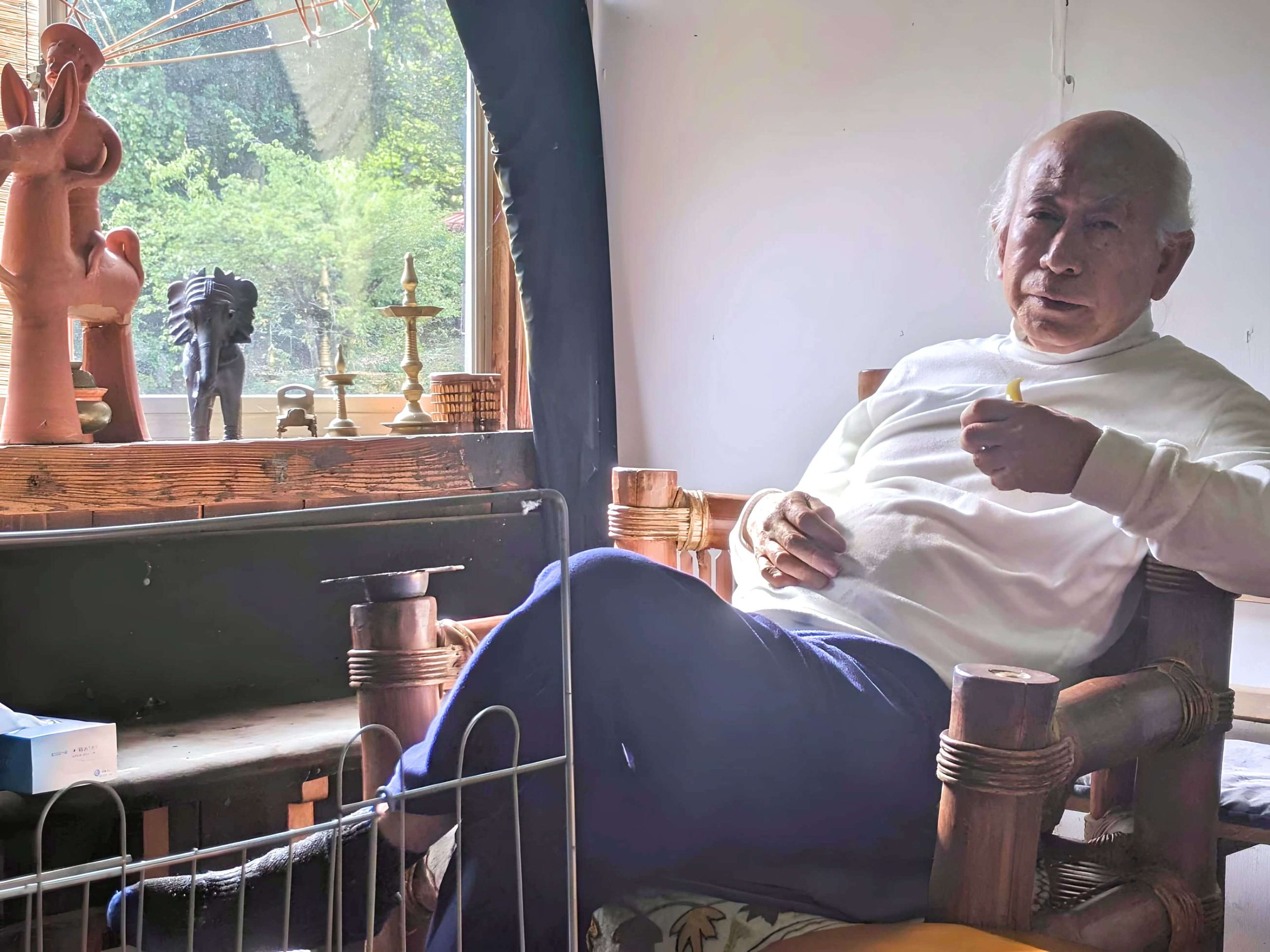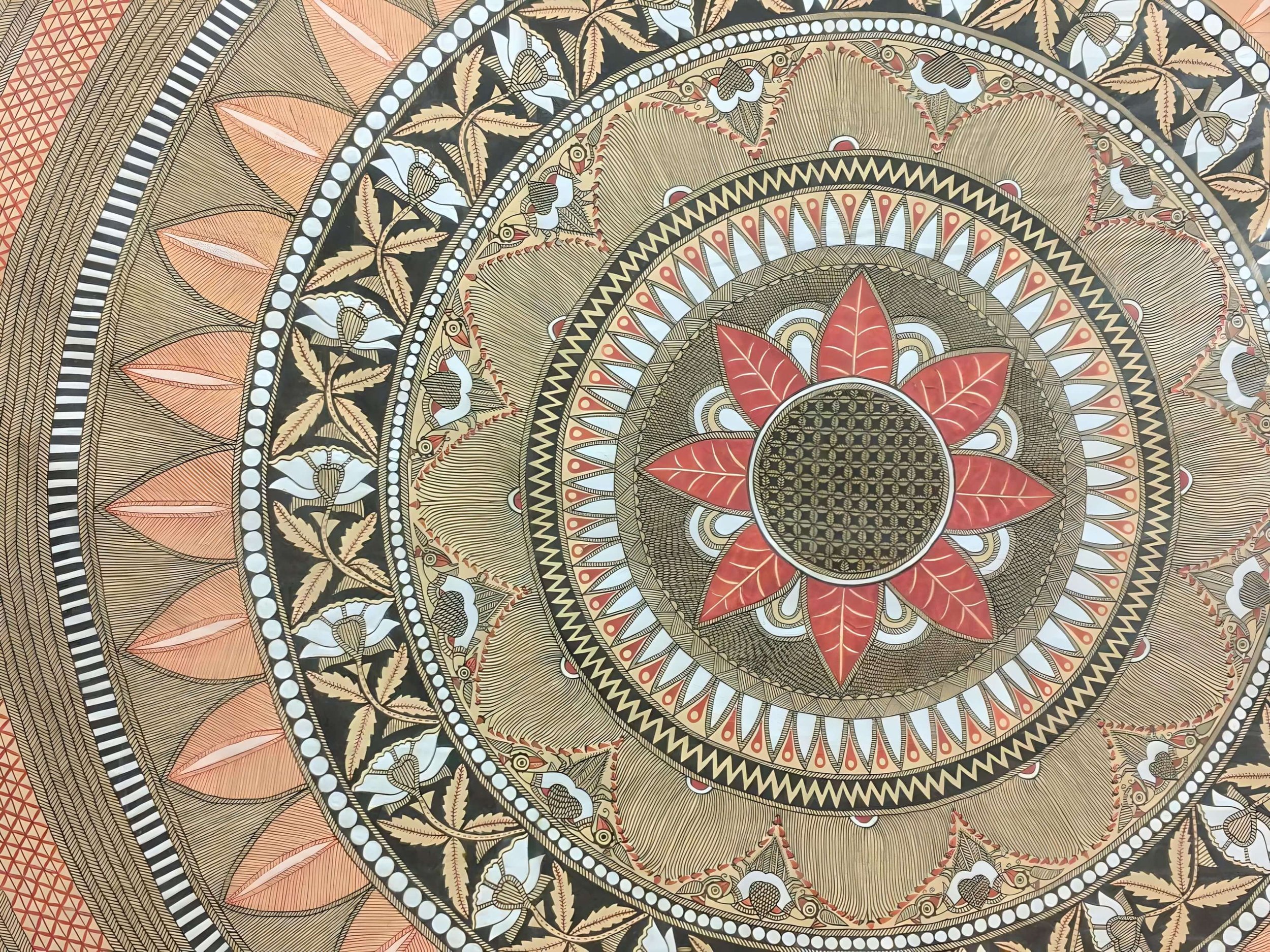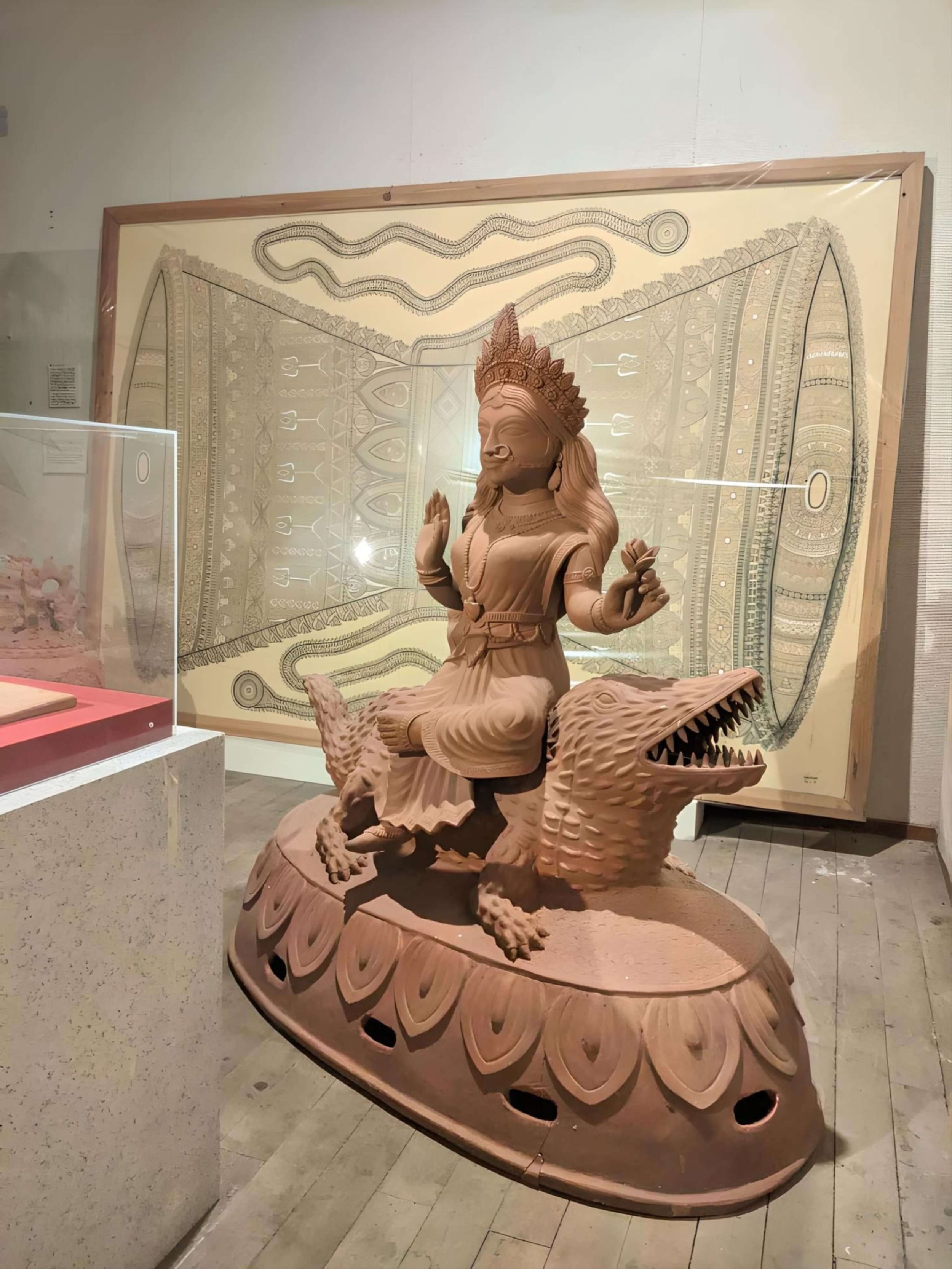In Episode 19 of the podcast takes us once again to Niigata and the deep snow country of Tokamachi; where we venture into the beautiful, heavily forested hills and minor mountains of that area, and onto the secluded Mithila Museum to speak with its director Hasegawa Tokio. An avant-garde musician and artist, Hasegawa-san relocated to the snow country 51 years ago. Escaping the pollution and congestion of Tokyo, he was drawn by the beauty of the snow and winter moon that he describes as like that seen in the Himalayas. Living alone through winter – a quite remarkable feat given the amount of snow that falls there - Hasegawa-san took action to prevent the development of the surrounding landscape into a resort and in doing so, took on responsibility for an unused primary school by the shores of beautiful Lake Oike – which in turn became the Mithila Museum.
Mithila Museum & The Stone Music of Hasegawa Tokio
Founded in 1982, Mithila Museum houses of one the world’s major collection of Mithila or Madhubani art. Originating in the Madhubani district of Bihar – a northeastern state of India – Madhubani art is created by women who have traditionally used their fingers, twigs or brushes to create elaborate artworks defined by their geometrical and contrasting patterns, bold lines and colours and broad themes ranging from cosmological and ritual practices to the images of everyday life.
Artworks have for centuries been created on the plastered walls and earthen floors of the women’s homes, including elaborate mandalas, while more recently – and in order to preserve the artform – works are also painted onto cloth, handmade paper and canvas. Madhubani artists, including master artist Ganja Devi, have worked in residence at the museum and over years, the collection has grown into one of the largest and most significant Madhubani art collections in the world. In addition, Mithila Museum houses Warli art and Gond art, created by these indigenous of those names, and a collection of large terracotta artworks donated by the Indian government.
To say that it is something of a surprise that a collection of this size and significance is to be found in the heavy snow country of Tokamachi, is something of an understatement. Hasegawa-san I discuss his story and how the museum came into existence in the first half of the interview before moving onto his music and the wonderful “Stone Music” album released in 2019. You’ll also hear some of that music in the second half of the interview.
Hasegawa-san was a founding member of the avant-garde music group ‘The Taj Mahal Travellers’ - which prominence both in Japan and abroad during the 1970s - and to this day, is an active and innovative musician. Released in 2019, ‘Stone Music’ includes recordings of performances in Japan, India and Taiwan. Blending Japanese drums, flutes, keyboards, electronic sounds, Indian instruments and captivating vocals, the music is both real and tangible while also distant and ephemeral. The three performances emerge our senses in the cosmological and metaphysical elements that Hasegawa-san so often speaks in; and in doing so, the soundscape it creates is that of the universe itself.
For those who already know of Hasegawa Tokio, he is a legendary figure. For those who do not, his own story is as captivating as his music and dedication to a museum which, over forty years, has complied a hugely important catalogue of collection of Madhubani, Warli and Gond art. As an avant-garde musician and artist, Hasegawa-san’s answers take us on a journey that illuminates some of the inherent value and beauty of life in the snow country and moves us outside the economic and mundane considerations of life in the snow to what truly matters. But in the end, it is his music that best expresses the truths he is hinting at and nudging us towards. The following live performance was recorded in Yamanashi, Japan in October 2023:
Mithila Museums is open daily – other than Tuesdays – from 10:00 to 18:00. Entry costs JPY500 for adults and JPY300 for students. As discussed in the interview, the museum remains open through winter but can be difficult to reach due to heavy snow and road conditions. It is best to call the museum ahead of time from December to April to make sure the road is clear and you should not attempt to drive there in winter without a 4WD and use of snow tyres or chains. The museum and music of Hasegawa Tokio are well worth discovering for yourself. I hope you enjoy!





